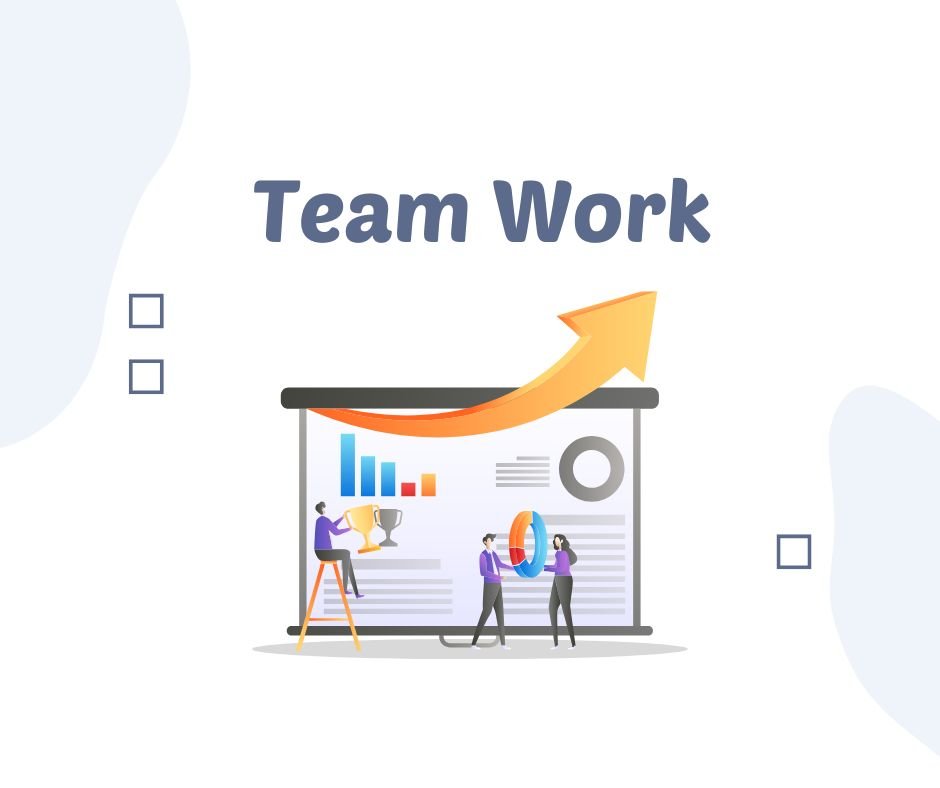In the rush to embrace remote work, we’ve unwittingly created a new productivity nightmare. While companies celebrated ditching commutes and cubicles, they failed to notice how digital clutter quietly became the #1 destroyer of focus, efficiency, and employee wellbeing in distributed teams.
The Hidden Cost of Digital Overload
Recent studies reveal alarming statistics:
- The average remote worker switches between 9.4 apps per hour (Asana, 2024)
- 68% of remote employees report “notification fatigue” as their top stressor (Harvard Business Review)
- Companies lose $5,240 per employee annually in productivity loss due to digital clutter (McKinsey)
“This isn’t just about too many tabs open,” explains productivity expert Cal Newport. “We’ve created work environments where constant digital task-switching has rewired our brains to be incapable of deep focus.”
5 Types of Digital Clutter Destroying Your Team
- App Overload
The typical remote team uses:
- 3-5 communication tools (Slack, Teams, email)
- 2-3 project management systems
- 4+ specialized department apps
- Countless browser tabs and desktop files
- Notification Tsunamis
Workers receive:
- 32+ Slack messages/hour during peak times
- 15+ email alerts/day requiring immediate action
- Constant pings from project management tools
- Document Chaos
- 47% of workers waste 1+ hours daily searching for files (Box.com)
- Version control nightmares with Google Docs/Sheets
- Duplicate files across multiple platforms
- Meeting Mayhem
- 63% of calendar invites lack clear agendas (Clockwise)
- Back-to-back video calls with no transition time
- Post-meeting action items scattered across platforms
- Digital Hoarding
- 82% of cloud storage is unused or redundant (Dropbox)
- Thousands of unread emails in inboxes
- Obsolete channels and groups no one leaves

The Psychological Toll
Digital clutter doesn’t just slow work—it actively harms your team:
- Decision Fatigue: Constant app switching depletes mental energy
- Attention Fragmentation: The average focus span is now just 47 seconds (Microsoft Research)
- Anxiety Spikes: Unread notifications trigger cortisol responses
- Creative Block: Cluttered digital spaces stifle innovation
Case Study: How One Company Regained 11.5 Hours/Week Per Employee
When software company Zapier analyzed their digital workflows, they discovered:
- Employees spent 3.7 hours daily just managing communications
- 42% of Slack messages were redundant or unnecessary
- Critical project details were scattered across 6+ platforms
Their solution? A radical “Digital Declutter Week” that:
- Consolidated tools from 28 to 9 essential platforms
- Implemented “No Notification Fridays”
- Created a single source of truth for documentation
- Trained teams in intentional communication
The results:
- 27% increase in projects completed on time
- Employee focus time increased by 89 minutes/day
- 63% reduction in after-hours work stress
Your 30-Day Digital Declutter Action Plan
Week 1: Audit & Awareness
- Map all current digital tools and usage
- Survey employees about pain points
- Identify redundant/underused platforms
Week 2: Streamline & Systemize
- Eliminate duplicate tools (choose 1 chat app, 1 project manager)
- Create clear usage guidelines for each platform
- Set up centralized documentation hubs
Week 3: Notification Rehab
- Implement “quiet hours” in communication tools
- Train teams on muting non-essential alerts
- Establish expected response time SLAs
Week 4: Maintenance Mode
- Schedule quarterly digital clean-ups
- Appoint “tool stewards” for each platform
- Create onboarding checklists for new hires
Essential Tools for Digital Minimalism
- Unified Search: Spike or Superhuman for consolidated inboxes
- Focus Protection: Freedom or Cold Turkey to block distractions
- Document Management: Notion or Slab as single sources of truth
- Meeting Optimization: Vowel or Fellow for agenda-driven calls
The Human Factor
Remember: “Digital minimalism isn’t about deprivation,” warns productivity coach Tiago Forte. “It’s about creating space for the work that actually matters by removing the trivial many.”
Signs your declutter is working:
- Employees report fewer midday energy crashes
- Projects move faster with less “work about work”
- Spontaneous creative collaboration increases
- After-hours messages decrease significantly

The Future of Intentional Remote Work
Forward-thinking companies are adopting:
- App Budgets: Limiting new tool adoption
- Digital Sabbaticals: Quarterly 1-day tool detoxes
- Focus Seasons: Periods with reduced communication expectations
- Async-First Policies: Defaulting to documented over real-time comms
Conclusion
In our quest to make remote work efficient, we’ve accidentally built digital environments that make focused work nearly impossible. The companies that will thrive in the distributed work future aren’t those with the most tools, but those that intentionally design minimal, humane digital workspaces.
By tackling digital clutter head-on, you’re not just cleaning up files and notifications—you’re giving your team back their most precious resources: attention, creativity, and time. The results? Higher productivity, better work, and employees who aren’t constantly on the verge of digital burnout.

